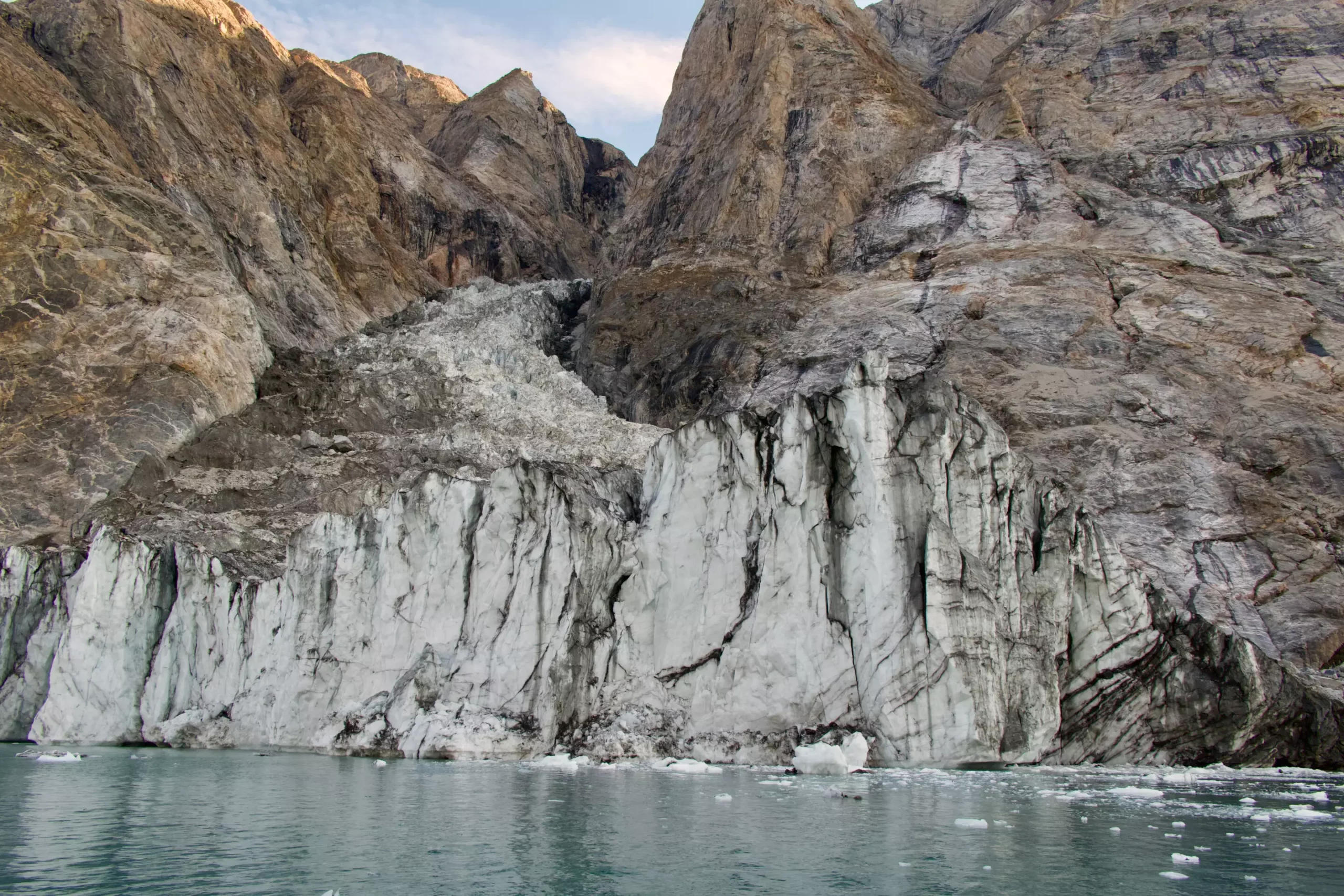In September 2023, a perplexing seismic signal was detected by scientists across the globe, capturing the attention of geologists and seismologists alike. This signal persisted for an astonishing nine days, leading to fervent examination and analysis among experts in the field. The collaborative research effort, featuring prominent figures like Alice Gabriel and Carl Ebeling from the Scripps Institution of Oceanography, unearthed a remarkable explanation—a massive landslide in an East Greenland fjord that generated an extraordinary mega-tsunami. This event serves as a stark reminder of how climate change is continually reshaping our planet.
The study, published in the esteemed journal Science, revealed that a peak of a mountain collapsed dramatically into the sea, unleashing a tsunami towering approximately 200 meters (650 feet). This colossal wave engaged in a rhythmic oscillation within the narrow fjord, a behavior identified as a seiche. For nearly ten days, the seismic waves produced by this oscillation traversed through the Earth’s crust, captivating the scientific community but simultaneously raising considerable concern. Fortunately, there were no casualties, although an unoccupied research outpost on Ella Island suffered damage amounting to $200,000 due to the ferocity of the waves.
Lead author Kristian Svennevig, a geologist at the Geological Survey of Denmark and Greenland, expressed the initial confusion surrounding the origin of such a mysterious signal. “When we set out on this scientific adventure, everybody was puzzled and unaware of the underlying cause,” he noted, highlighting the collaborative nature of their research that ultimately aided in solving this geological riddle.
The landslide itself has been directly linked to the ongoing effects of climate change, particularly the rapid melting of polar glaciers. As temperatures continue to rise, the stability of glacier bases is jeopardized, leading to events such as the collapse of over 25 million cubic meters (33 million cubic yards) of rock and ice from the mountaintop. This amount is staggering, equivalent to filling roughly 10,000 Olympic-sized swimming pools. Gabriel emphasized that climate change is fundamentally altering Earth’s natural processes and instigating previously unheard-of events.
The initial detection of this seismic signal was particularly baffling due to its distinct characteristics. Unlike the typical erratic patterns produced by earthquakes, the seismic waves exhibited a consistent oscillation occurring every 92 seconds, too slow for human perception. Additionally, this sustained amplitude over many days diverged from the quick decay generally seen in regular seismic events.
The geoscientific community was quick to initiate discussions regarding the peculiar signal, linking it to the massive landslide reported in the remote fjord of Greenland around the same timeline. Svennevig and his international team, encompassing 68 scientists from 41 institutions, embarked on analyzing an array of data—including seismic recordings from all corners of the globe, satellite imagery, and field measurements—to construct a comprehensive picture of the occurrence.
Utilizing advanced computer simulations, the researchers were able to replicate the characteristics of the tsunami caused by the landslide. This joint effort culminated in a detailed understanding of the landslide’s dynamics and how it contributed to the extended seiche event. It proved to be a significant challenge to model a phenomenon characterized by such unique extended oscillatory behavior, but the team succeeded in aligning their computational results with real-world observations.
This groundbreaking study not only illuminates the complexities of climate-induced geological phenomena but also emphasizes the urgent need for continued monitoring of polar regions. The devastating consequences of climate change manifest in unpredictable and sometimes catastrophic ways, as evidenced by this incident. The investigation underlines a critical need for vigilance, especially given the proximity of the location to shipping routes frequently traversed by cruise liners.
With a history of destructive landslides, such as the one in Karrat Fjord in 2017—which resulted in the sinking of homes and loss of lives—this new research beckons scientists to delve deeper into geological records. This study could inspire future investigations, potentially identifying similar occurrences and evolving our understanding of the conditions leading to such dangerous phenomena.
As seismologist Ebeling poignantly remarked, the results invite curiosity about the myriad of unexplored geological phenomena that remain hidden. The unfolding narrative of climate change’s impact on the Earth continues, marked by mystery, urgency, and a call to action for greater scientific inquiry and precautionary measures.

